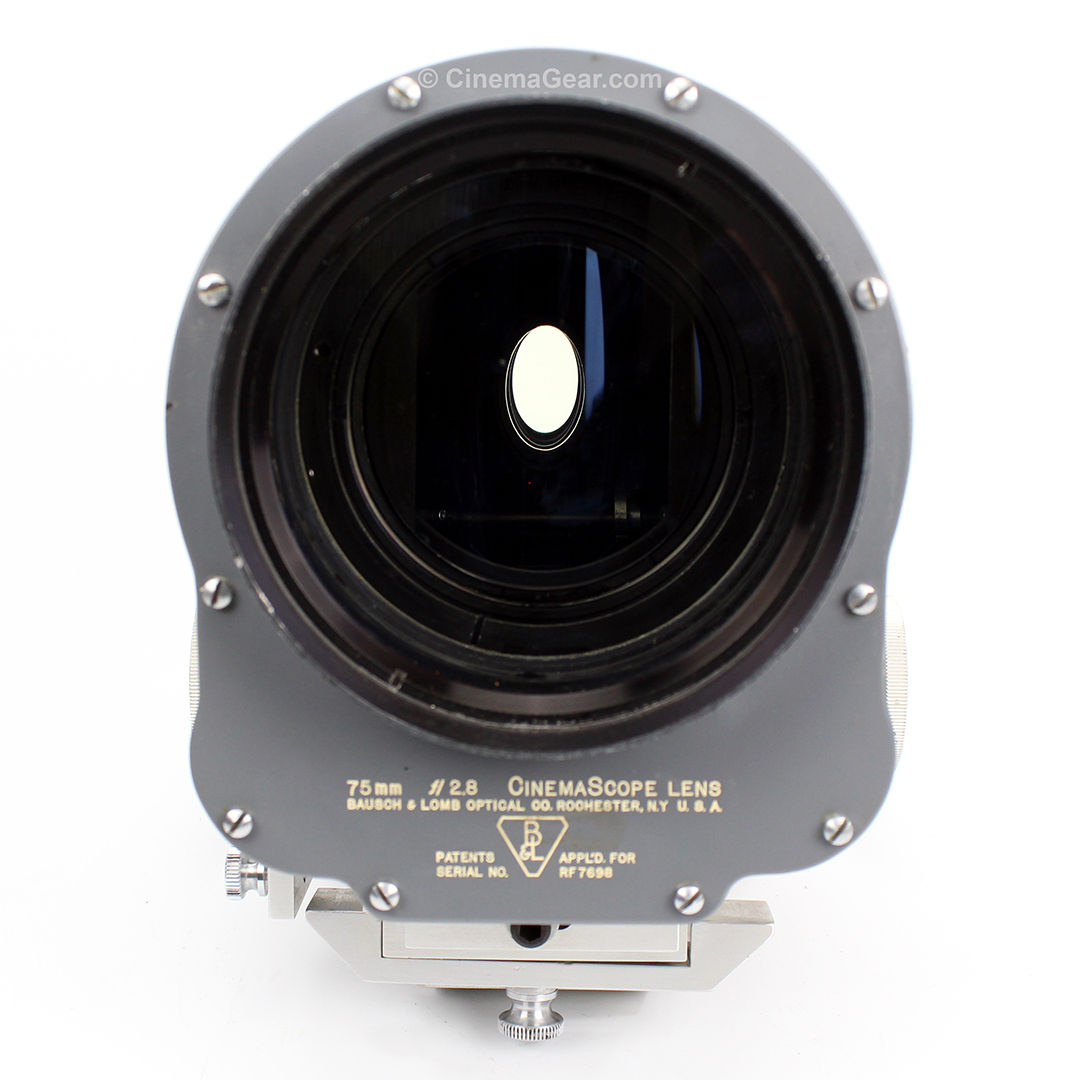

In photography, focusing of the anamorphoscope is accomplished in accordance with the distance of the subject, by means of a spiral-shaped shaft and the help of a distance calibration. They differ only in their dimensions and their mountings.”įrom the optical point of view, they consist of two separately achromatized systems: a converging system consisting of two lenses, cemented together, and a diverging system consisting of three lenses, cemented together. In describing the Hypergonar anamorphoscope lens, Chretien said: “The Hypergonars which we have built are of two types: for photography, and for projection.

In projection, a similar anamorphoscope placed before the projector lens unscrambles the image so that it reaches the screen exactly as filmed and completely without distortion. The anamorphoscope is fitted before the regular camera lens and functions to gather up a wide field of view and funnel it, compressed, through the camera lens, leaving a distorted image of the scene on the film. Note: Webster’s dictionary defines anamorphoscope as: “A cylindrical mirror or lens which restores to its normal proportions an image distorted by anamorphosis.”) Some images are additional or alternate.ĬinemaScope is a simplified improvement of an anamorphoscope lens (which he called a Hypergonar) developed by Frenchman Henri Chrétien with whom 20th Century-Fox recently closed arrangements for its use and other patented improvements. This article originally appeared in AC, March 1953.
Cinescope lenses full#
The full range of the set or scene record three separate tracks to provide stereophonic sound, an important factor in CinemaScope system.ĬinemaScope is a simple, inexpensive process applicable to either color or black-and-white films, which simulates three-dimension to the extent that objects and actors seem to be part of the audience, while its stereophonic sound imparts additional life-like quality as it moves with the actors across the screen.įrom its panoramic screen, two and a half times as large as ordinary screens, actors seem to walk into the audience, ships appear to sail into the first rows, off-screen actors sound as though they are speaking from the wings.

Three microphones (X) placed strategically to cover In projection, another anamorphoscope placed before projector lens expands compressed image to full scale so it appears on screen as shown above, lower right. This compresses image within the full aperture of 35mm film. How CinemaScope works: Panoramic scene of marching Indians at left is photographed with an anamorphoscope wide-view lens in front of camera lens. The wide screen used for CinemaScope is a solid screen having great reflectance, and is curved slightly but not to the extent of the Cinerama screen.

Like the Cinerama process, CinemaScope pictures are panoramic and have stereophonic sound. But the result on the screen, which does present an illusion of three-dimension pictures, is said by many to be superior to 3-D films. CinemaScope films do not require the use of viewing spectacles, do not require special dual motion-picture cameras and dual projectors. When the film is projected through a companion lens the distorted image assumes its former normal dimension, just as a trick mirror in a carnival fun house would straighten out its distorted reflections if placed before a mirror having compensating distortions.ĬinemaScope is not stereoscopic movies - not the same as the 3-D films also causing a flurry in Hollywood.
Cinescope lenses plus#
The only added equipment needed for filming is the special lens attached to a regulation camera plus two extra microphones, which pick up sound for the stereophonic sound system.Ī unique lens which restores to its proper proportions an image previously distorted, makes possible the compression onto 35mm film of wide-angle panoramic scenes, and is the basis of the new CinemaScope system of widescreen motion pictures developed in Hollywood by 20th Century-Fox studios.


 0 kommentar(er)
0 kommentar(er)
